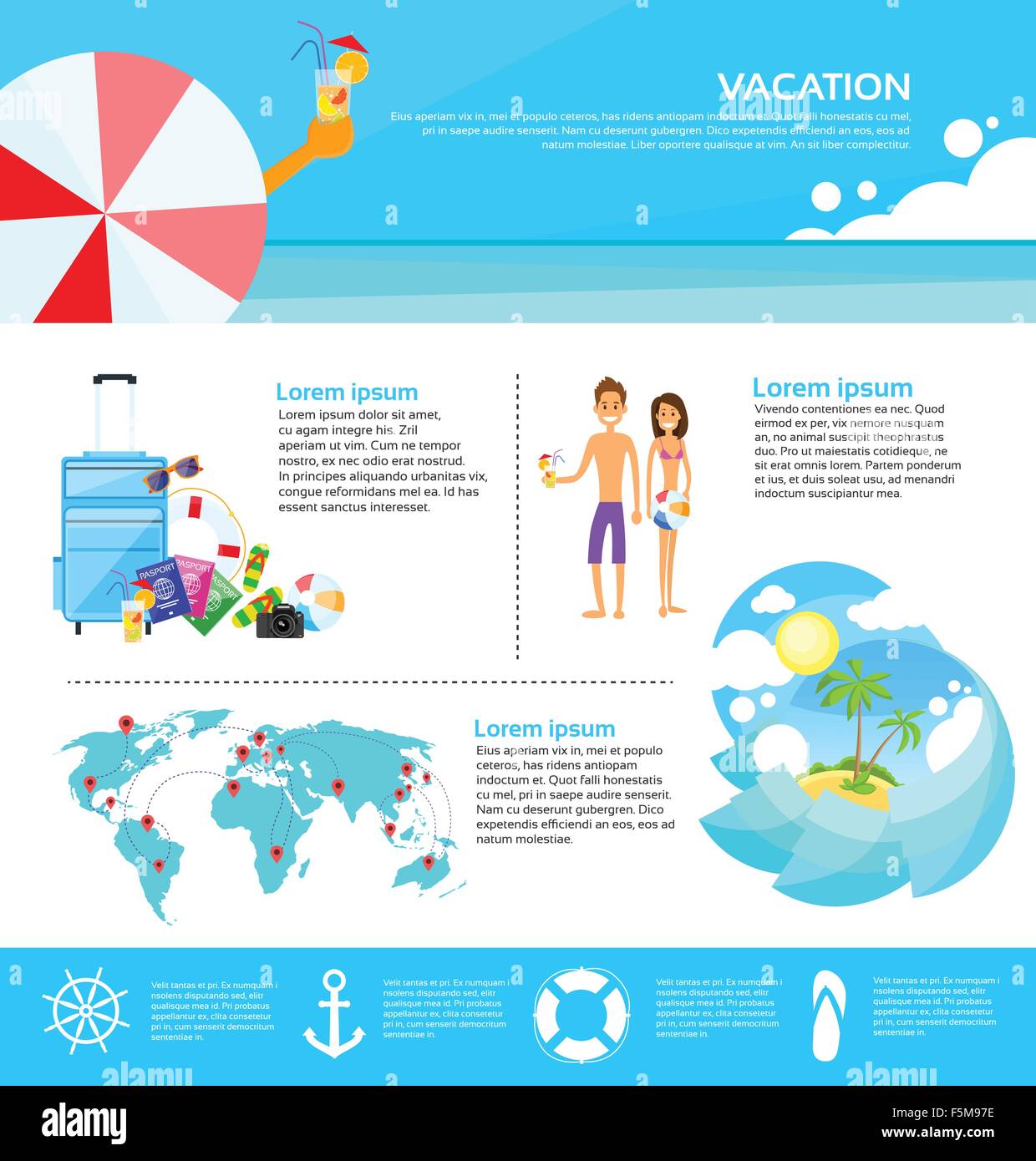The RMS Rhone is a fabulous ship wreckage that has given birth to a stunning aquatic park. It is just one of the most popular dives in the Caribbean. Its heartbreaking tale continues to attract and captivate us.
Captain Woolley opted for the closest route to ocean blue via the channel in between Dead Chest Island and Black Rock Point on Salt Island. As Rhone came around to approach the factor the tail end of the storm threw her onto the rocks.
The Background
Throughout the yellow fever epidemic of the 1860s, transatlantic traveler ships quit on a regular basis at Road Harbour, Tortola and Great Harbour on Peter Island to transfer passengers and cargo between them. Master Frederick Woolley of the Rhone had been advised by a going down measure that a tornado was coming, however thinking that the cyclone season was over, he decided to remain at Great Harbour for the transfer with an additional RMS ship, Conway.
Equally as they were passing Black Rock Factor between Salt and Dead Chest islands, the weather suddenly transformed instructions. The preliminary stumble caught the Rhone on her side and she smashed against the rocky coral reef. Tale has it that Captain Wooley was utilizing a silver teaspoon (which remains dirtied in the reefs today) to mix his cup of tea at the time. The accident is now a popular dive website, home to a remarkable variety of marine life. The majority of people agree that a full expedition of the site requires two different dives, as the bow and strict sections are spread apart at different depths.
The Wreck
The Rhone relaxes underneath the warm clear waters of the Caribbean Sea and is a renowned dive site today. Visitors can discover the incredibly undamaged bow section, see where scenes from the 1977 movie The Deep were shot, and swim under the stern near its huge 15 foot prop. This brimming marine park is a reminder of the fragile balance between male and nature.
On 29th October 1867 as Captain Wooley was preparing to secure the Rhone in Road Harbor, the wind and waves changed and he made a decision to try to beat the coming close to storm out right into the ocean blue. He steered the ship to Black Rock Factor in between Dead Breast and Blonde Rock, a set of rocky pinnacles rising from the water. The ship struck the rocks and sank in 2 sections with the cold water of the inbound trend calling the hot central heating boilers creating an explosion and sinking the vessel with all 123 passengers still connected to their beds.
Snorkeling
One of one of the most renowned accident dives in the Caribbean, snorkelers can easily discover much of the Rhone by just floating on a mask and breathing via the sea. The deeper bow area is especially well-preserved, a kaleidoscope of orange mug corals reefs including yellowtail snapper, sennets and jacks. It's likewise where scenes from the 1977 film The Deep were recorded.
The demanding and midsection are extra separated, however they offer a haunting glimpse of a previous era. Scuba divers ought to intend on at least 2 dives to completely experience the Rhone, specifically because presence can often be tricky. Emphasizes include the fortunate porthole, which divers massage permanently luck, and the popular bronze propeller. The rusting skeletal system of the Rhone is a renowned view in the BVI and is a must-see for any type of diving or boating enthusiast. The ship is open to the general public for exploration, and lots of local dive st martin sailing itinerary watercrafts visit daily. The Rhone is secured by the National forest Solution, and entrance is absolutely free.
Diving
One of the Caribbean's most renowned wreck dives, Rhone is a desired site for its historical attraction and brimming aquatic life. It's open and relatively risk-free, making it ideal for divers of all experience degrees.
The story behind the accident is unfortunate: as she was transferring guests to another ship, Conway, at Road Harbour on Tortola, Rhone rounded Black Rock Factor and ran into it at full speed. Warm boilers shattered versus cold salt water and exploded, sending the Rhone collapsing into the rocks and sinking in mins. Just 23 of the 146 people aboard made it through. Their bodies were hidden on Salt Island.
The wreck split in two when it sank, and the bow area wandered to deeper waters, while the demanding resolved at about 80 feet. Both are swallowed up in reefs and inhabited by aquatic life, consisting of schools of yellowtail snappers, sennets, jacks and grunts. It takes a minimum of 2 dives to explore the entire accident, though, because the bow and demanding areas are separated by regarding 100 feet of water.
